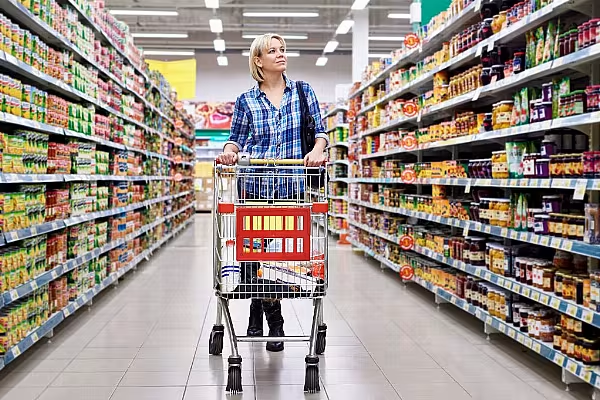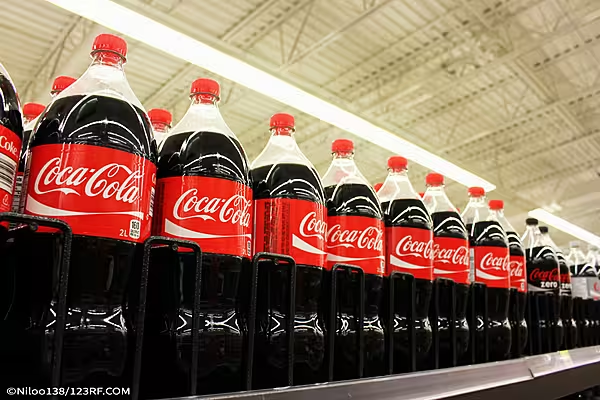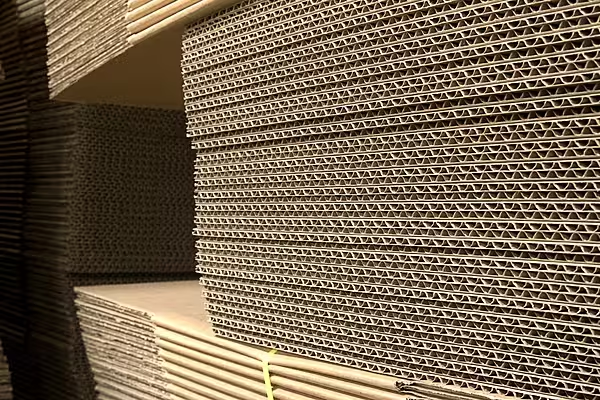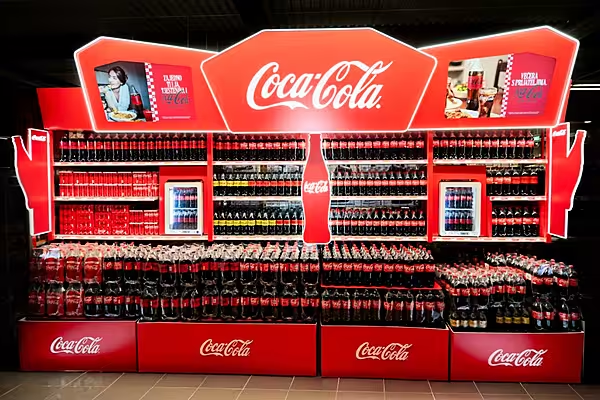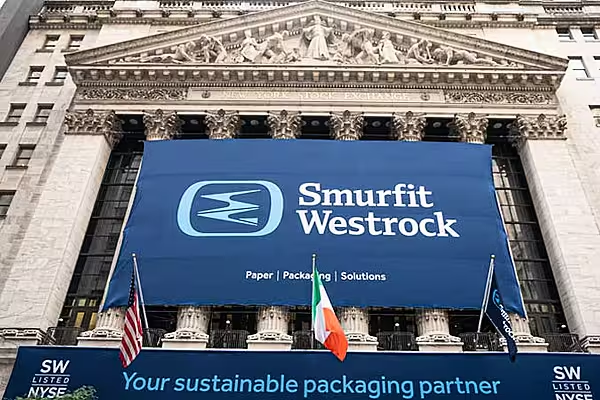Wim Wouters, creative director at More from Less, the creative consultancy from DS Smith, examines how brands can gain greater visibility - and in turn drive increased sales - through reconsidering their packaging effectiveness.
The statistic that '70% of shopper purchase decisions are made in store' is widely quoted and debated, however we do know that the majority of consumers haven’t completely made up their minds about what they plan to purchase before they enter the store.
This means that packaging is one of the key influencers in this decision-making process, both implicitly and explicitly.
So, what can brands do to ensure it’s their pack that stands out from the crowd and ultimately increase their sales?
The Role Of Packaging
Other than protecting the product, strong brand packaging should deliver in three ways; it should grab the shopper’s attention, convey the brand’s key message(s) or call to action, and ultimately persuade you to buy that product.
Clever packaging design should be used as a tool to win shoppers over. As most consumers pass supermarket aisles at an angle, packaging must cut through someone’s periphery vision and draw the person to take a closer look.
The consumer's attention is often being bombarded with information and consequently the decision-making process happens very fast. Disrupting the aisle with eye-catching, unique packaging design is vital in order to stand out from competitors and positively impact sales.
However, there is a fine line between visual disruption and drawing the consumer eye for the wrong reasons.
Cut Through In A Crowded Market
The rise of discount supermarket chains such as Aldi and Lidl are making it harder and harder for brands to stand out. The discounters have become very sophisticated with their packaging design and will often use imagery and branding that strongly resembles the well-known market leading brands.
While there is no doubt that this presents a challenge for leading retail brands, there is a few tips and tricks that can be used to create packaging that cuts through the clutter.
While there is no direct science behind which colours packaging designers choose, it is common sense to choose something not favoured by a competitor. For example, in the soft drink category, Coca-Cola famously ‘owns’ red.
In addition, even though colour choice is often restricted because of brand guidelines, where possible, brands should try and choose a colour that will stand out in the category. A good example of this is the canned vegetable aisle which is often referred to as ’50 shades of Green’, therefore we would advise brands in this category to incorporate a different colour to differentiate themselves.
The physical structure of the pack can also be a key influencer on consumer purchasing decisions, particularly for products with high brand equity, like Pringles. The recognisable tube design is an immediate draw for shoppers, but it’s important for brands with such iconic packaging design to continue to surprise and delight the consumer with small changes and tweaks to the original concept.
Finally, incorporating 3D elements into your packaging rather than flat surfaces will help catch the eye of shoppers as interestingly we are all programmed to notice 3D objects. Bolding text and using asymmetric shapes are also effective tools to attract time-poor consumers.
A Collaborative, Collective Approach
One of the most important factors for brands to understand when designing strong, creative packaging is that a brand’s primary and retail ready packaging (RRP) shouldn’t be developed in silos.
Europe holds the largest share of the RRP global demand, and retail ready packaging solutions are becoming increasingly sophisticated. The brands getting this right are reaping the rewards of having a primary pack that works together with its RRP solution – an increase in sales, product differentiation, elevated brand positioning and the opportunity to make in-store and on-pack promotions working harder.
With the retail industry getting increasingly competitive and consumer shopping habits changing due to the explosion of e-commerce, brands and supermarkets will have to work harder than ever to not only get consumers into the store but to grab their attention once they’re through the door.
Packaging has a huge part to play in this process and savvy brand marketeers will spot the opportunity to use packaging design to captivate consumers.
© 2018 European Supermarket Magazine – your source for the latest retail news. Article by Wim Wouters. Click subscribe to sign up to ESM: The European Supermarket Magazine.
